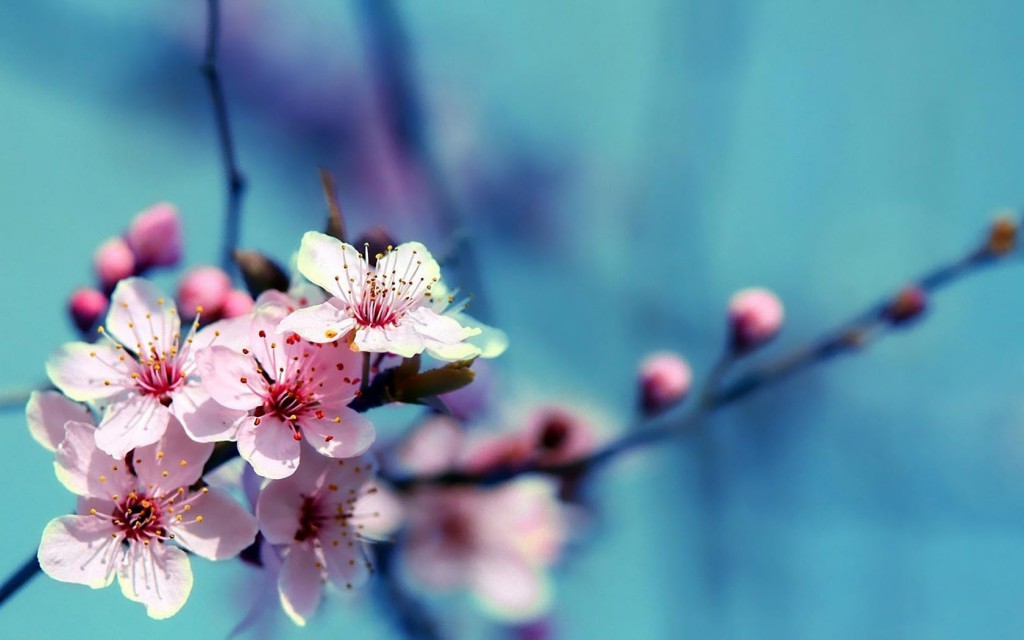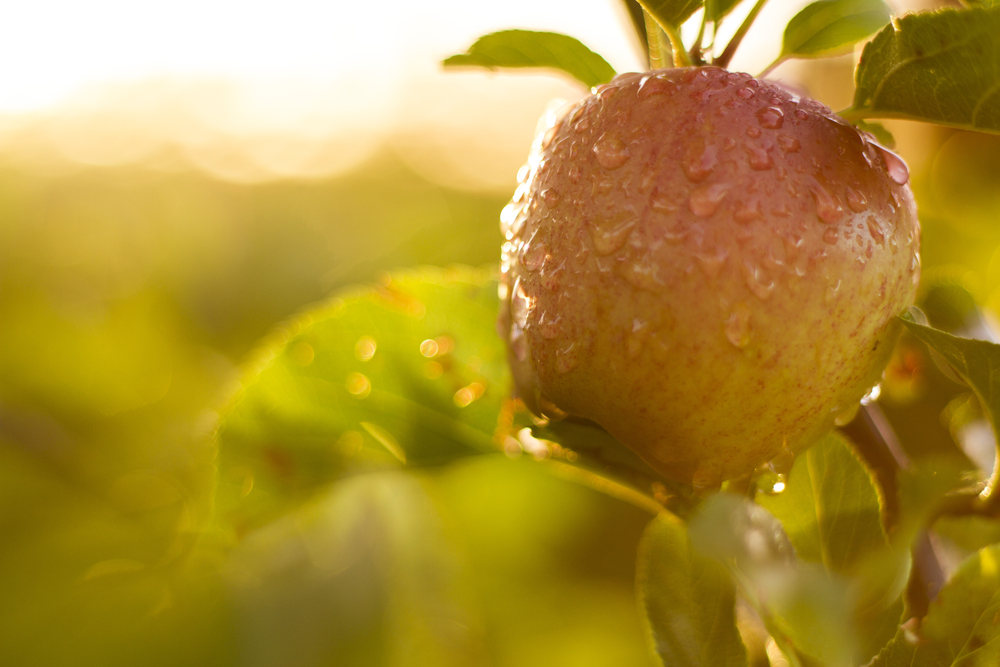Magnificent Magnolias

Heralding the coming of spring, Magnolias, especially the deciduous varieties hold a special place in the hearts of many a gardener with their stunning displays of large, fragrant blooms on elegant naked branches. Originating in Asia there are over 100 species and unnumbered cultivars. They are well adapted to Australian conditions and provided you give […]
Winter…where did my garden go?

At first glance, your garden may appear to be barely alive in the long, dark cold days of winter. Most of the deciduous plants will be skeletal versions of their springtime selves, the ground hard and bare where all the spring and summer perennials have rotted away, the summer grasses yellowing off…a general sense of […]
Now’s the time for planting bare rooted trees…

Bare rooted trees… Winter is a fantastic time for planning your garden and planting now will give your new plants the best chance to establish before the heat of the summer season. It is also the time of year when all the best of the classic and new varieties of bare rooted plants become available.
Gardening in Winter?

Not too cold for some… Winter in Melbourne can be cold and gloomy and we are all happiest snug inside our warm homes…the last thing we are thinking about is our gardens and outdoor areas…however, there are a few reasons why winter is a fantastic time to consider revamping your outdoor spaces…